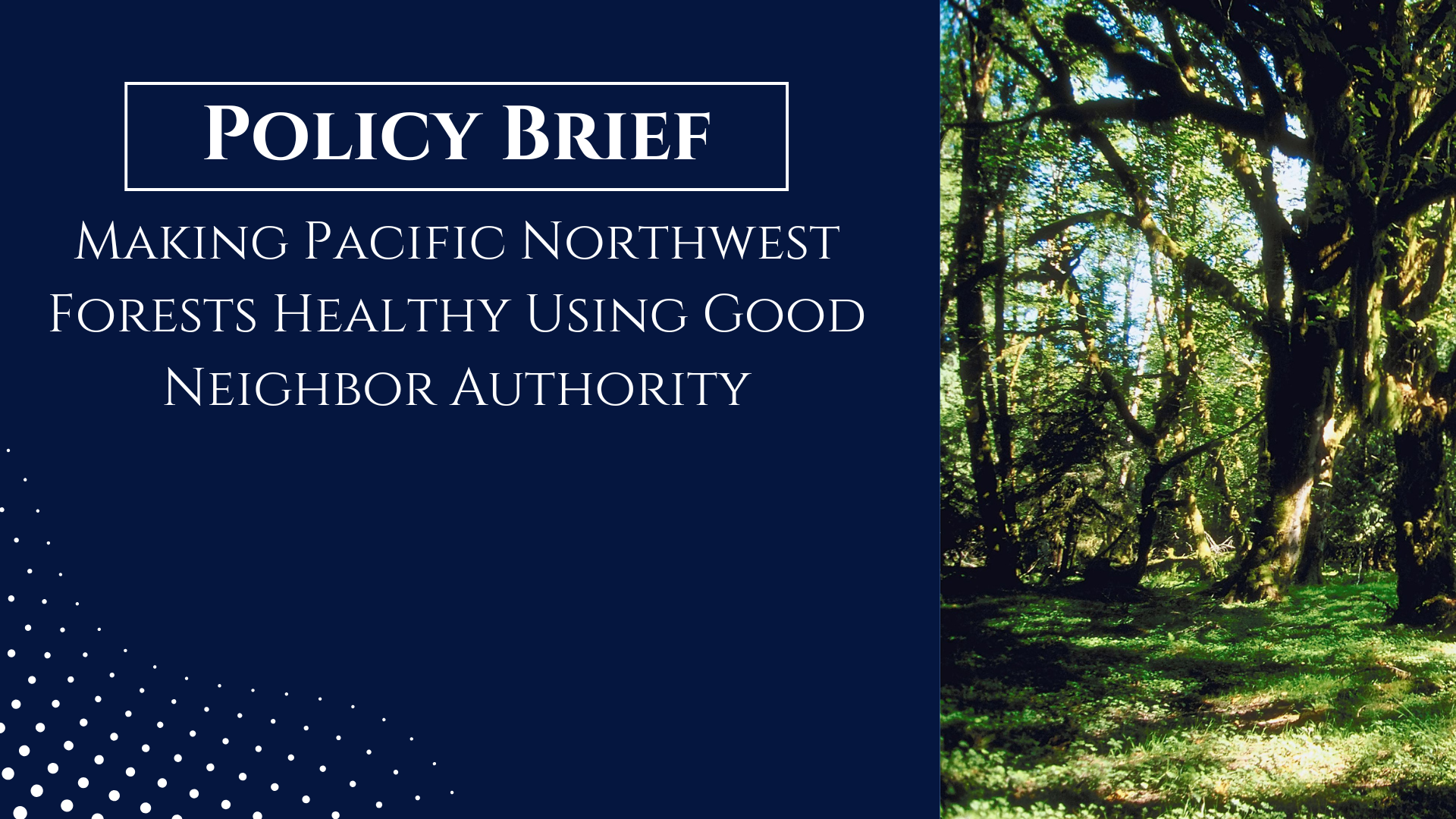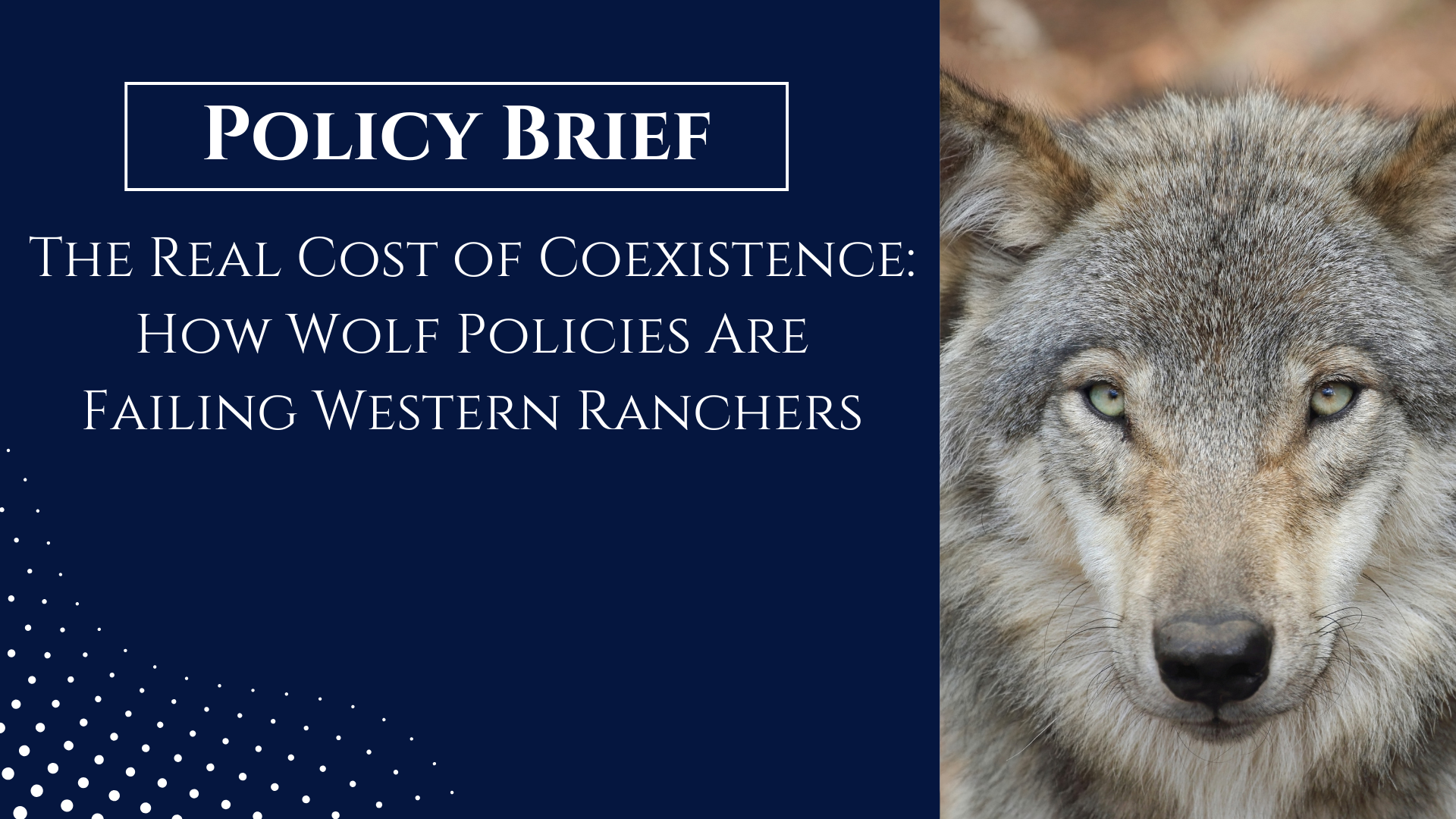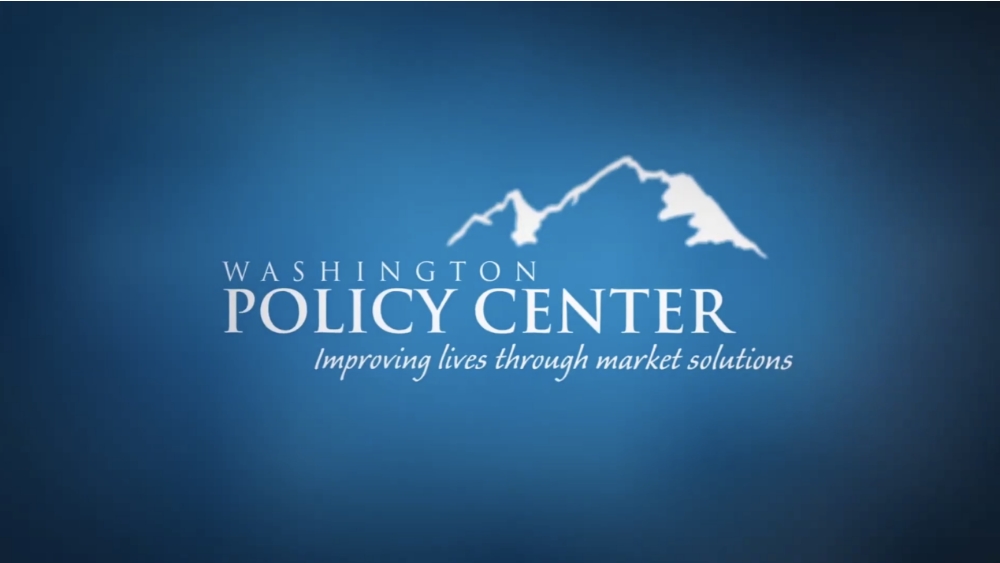Key Takeaways
- Across the Pacific Northwest, there are millions of acres of unhealthy federal forests that contribute to annual forest fires that fill the region’s air with smoke.
- Federal efforts to improve forest health have been hampered by a lack of resources and federal regulation.
- Good Neighbor Authority (GNA) allows states to collaborate with the federal government to improve forest health by combining resources.
- Revenue from forest thinnings and harvests helps offset the cost of projects. For example, Idaho hopes to fund its program based on these revenues.
- The pace of forest health treatment using Good Neighbor Authority is slow but can to increase.
- Tribes now have the authority to use GNA but have chosen to use other tools because they have limited resources to fund initial harvests.
- Forest health treatments take years to plan and execute, so state legislatures should put funding in capital budgets to allow state agencies to access funding beyond the limited scope of state operating budgets.
- The federal government should also reduce regulatory barriers, including NEPA, to accelerate the pace of forest health treatments.
- State and federal agencies should provide training and collaborate further with tribes to help use their new authority effectively.
Introduction
Across the American West, there are millions of acres of federal forests in an unhealthy condition that makes them extremely susceptible to catastrophic wildfire.
Efforts to reduce that risk, including timber harvests, thinning, controlled burns and other activities, have been slow. For example, when prescribed fires – designed to reduce the amount of ground fuels available for wildfires – escaped in 2022, Forest Service Chief Randy Moore temporarily halted the program. Additionally, the combination of limited federal funding and high regulatory barriers has made it difficult for the Forest Service to make progress toward reducing the fire risk. As one person who works on forest health issues told me, “Our work isn’t keeping up with photosynthesis.”
The federal government and states are turning to a tool known as “Good Neighbor Authority” as part of efforts to accelerate thinning and other management of fire-prone forests. In his Executive Order on the “Immediate Expansion of American Timber Production,” President Trump specifically highlighted Good Neighbor Authority (GNA) as one of the key tools. Executive Order 14225 directs the Secretaries of Agriculture and Interior to “facilitate increased timber production and sound forest management, reduce time to deliver timber, and decrease timber supply uncertainty, such as the Good Neighbor Authority.” Accordingly, the Forest Service is updating its guidance on the GNA and other tools to reduce the risk of catastrophic wildfire.
The President also signed an executive order creating a commission to find ways to improve the stewardship of federal lands, including forests. The White House fact sheet notes that the commission will “promote active forest management and responsible stewardship of our public lands, while reducing bureaucratic delays that hinder effective environmental management and put our forests and rural communities at risk.”
Both orders indicate a significant change in how the federal government manages public forests, looking to reduce regulatory barriers that created the existing forest health crisis. Good Neighbor Authority was designed for that specific reason – to use state, county and tribal resources and expertise to expedite forest health projects.
States are also looking to expand the use of GNA to address wildfire concerns. As Jon Songster, the Federal Lands Bureau Chief of the Idaho Department of Lands (IDL), told me, “If we are serious about doing more work on the landscape, [Good Neighbor Authority] is THE tool to do more.” Songster went on to note that “States consistently report that GNA is helping them increase the pace and scale of forest management activities that reduce wildfire risk, improve forest health, and enhance watershed conditions.”
This report examines how to accelerate the pace of forest health treatment using Good Neighbor Authority. Although it has reduced the time to thin forests, there are still regulatory barriers to its effectiveness. States and tribes that would like to use the authority do not have the resources to complete the necessary preparatory work. And states still face challenges finding markets for the low-value timber that often comes from the harvests. That infrastructure is a crucial part of generating the ongoing revenue that is critical to the GNA’s system of funding.
There is a unique opportunity to take advantage of the political momentum to cut through bureaucratic barriers and take advantage of the existence of a powerful tool like Good Neighbor Authority to improve forest health across the West.






